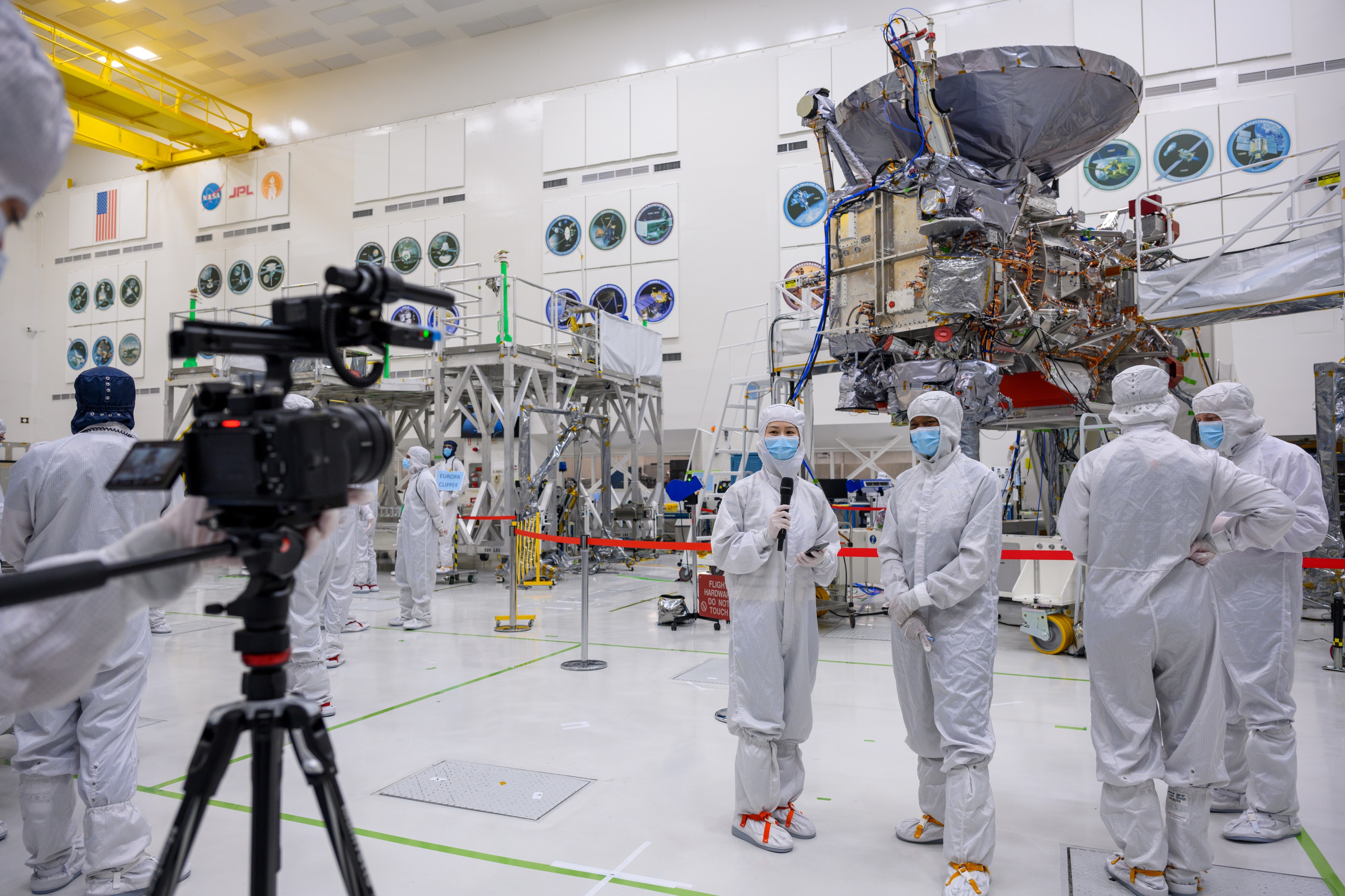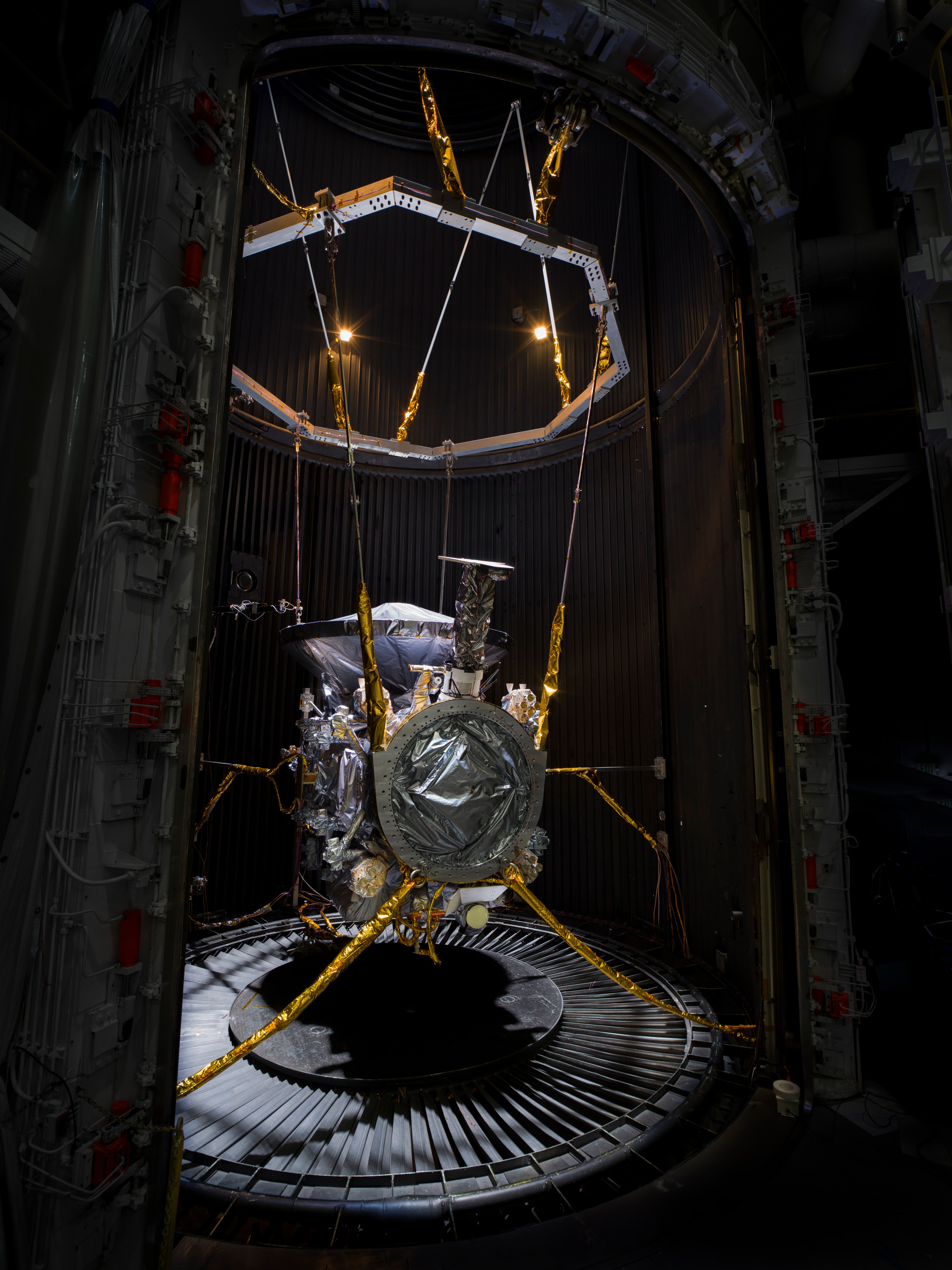2 min read
Contact: Claire Bowles
claire.bowles@rbi.co.uk
44-207-331-2751
New Scientist
Does Europa's rosy glow betray a flourishing colony of bugs?
The red tinge of Europa, one of Jupiter's moons, could be caused by frozen bits of bacteria. Their presence would also help explain Europa's mysterious infrared signal. Europa is mostly frozen water, but it absorbs infrared radiation differently to how normal ice does. Researchers think this is because something is binding the water molecules together. Salts of magnesium sulphate frozen within the ice, for example, would make the molecules vibrate at different frequencies. But no one has managed to come up with the perfect mix of salts to explain all of Europa's spectrum.
Astrogeophysicist Brad Dalton wondered if something else was bound up with the water molecules. "Just on a lark, I asked a colleague of mine at Yellowstone if he had any IR spectra of extremophile bacteria," he says, and he was shocked by how well they matched Europa's mysterious spectrum. Then he analysed three kinds of bacteria under the same sort of conditions as Europa: its temperature is about -170 ?C and at 0.01 millibars it has virtually no atmosphere.
Preliminary results show that all three species, the ordinary gut bacteria Escherichia coli, and extremophiles Deinococcus radiodurans and Sulfolobus shibatae, are just as good at explaining Europa's IR spectrum as the salts. However Dalton says the two species that thrive under extreme conditions are obviously more likely candidates for life on the icy moon. They also happen to be pink and brown, which would help explain the red patches on the moon's face.
Bacteria couldn't survive on Europa's surface, but there might be liquid water inside Europa's icy crust capable of supporting life. "They could be blasted out to the surface in some kind of eruption and flash frozen," says Dalton. He plans to present his results at the Lunar and Planetary Science conference next spring.
Glenn Teeter from the Pacific Northwest National Laboratory in Washington state says bacteria aren't the simplest explanation for Europa's spectrum. "It does strike me as a bit far fetched," he says. But it can't be ruled out until we go there to see.
New Scientist issue: 8th December 2001







